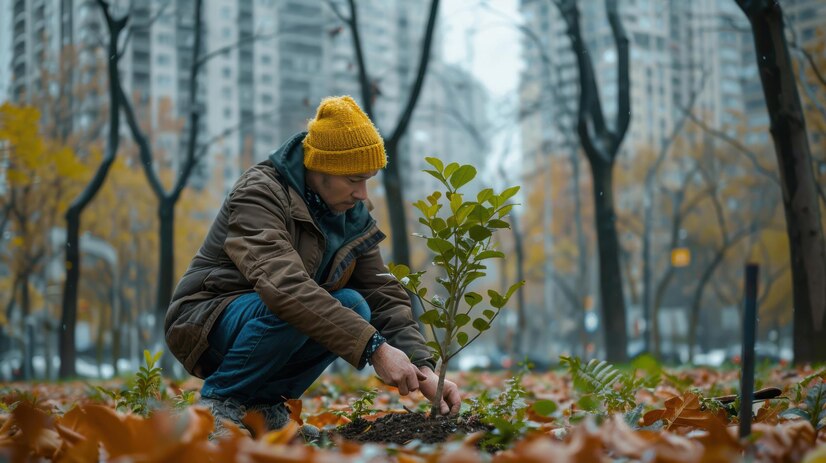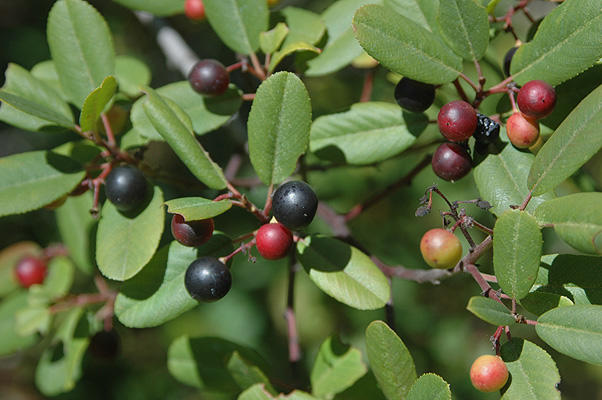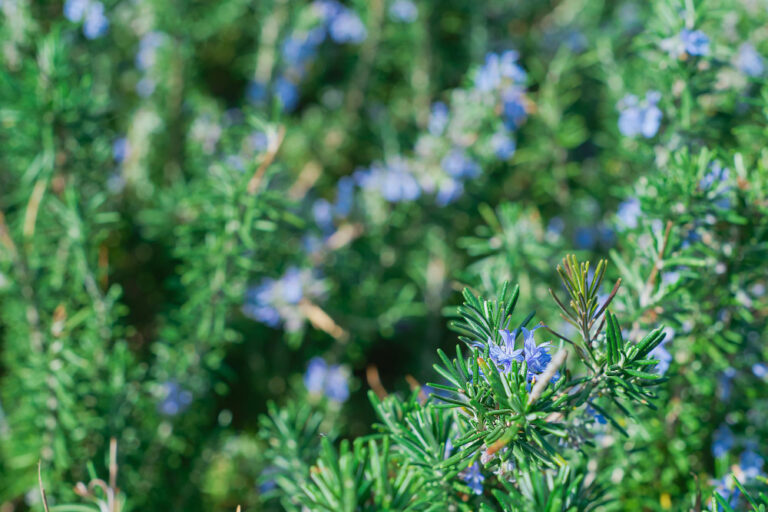Seasonal Tree Care Checklist: What You Need to Do and When
Caring for your trees is vital for preserving the health and beauty of your landscape. Seasonal changes can greatly impact tree well-being. This detailed guide offers a seasonal tree care checklist to keep your trees healthy and vibrant all year round.
Spring: A Time for Renewal
Inspection and Cleaning
Start spring with a thorough inspection of your trees. Look for signs of damage or disease, such as cracked branches or discolored leaves. Cleaning around the base of your trees by removing debris and fallen leaves reduces the risk of fungal diseases.
Pruning
Early spring is ideal for pruning most trees. It’s easier to see the structure of the tree before the leaves fully emerge, and wounds heal faster, preventing diseases. Remove any dead, damaged, or diseased branches to encourage new growth.
Mulching and Fertilization
Apply a fresh layer of mulch around your trees to help retain moisture, suppress weeds, and improve soil quality. Use a slow-release fertilizer to provide essential nutrients that support growth throughout the season.
Summer: Vigilance and Maintenance
Watering
Summer heat can be stressful for trees, especially young or newly planted ones. Provide deep, infrequent watering to encourage deep root growth, which helps trees withstand drought conditions.
Pest and Disease Control
Regularly inspect your trees for signs of pests and diseases. Early detection is crucial for effective treatment. If you notice any abnormalities, consider consulting a tree care professional in Logan for appropriate treatment options.
Storm Preparation
Summer storms can be a threat to tree stability. Ensure your trees are robust enough to withstand high winds by having them professionally assessed and possibly braced or cabled if they show signs of weakness.
Fall: Preparing for Dormancy
Aeration
Root aeration in the fall can improve water and nutrient uptake before trees go dormant. This process involves making small holes in the soil around your trees to alleviate compaction and enhance oxygen availability.
Continued Pruning
While major pruning is best left for spring, minor pruning and the removal of any dead branches can be done in the fall. This helps prevent damage from winter storms and reduces potential hiding spots for pests.
Protecting Young Trees
Wrap the trunks of young trees to protect them from the cold and prevent sunscald, which can occur in winter when the sun heats the bark during the day and freezing temperatures follow at night.
Winter: Minimal Care, Maximum Planning
Monitoring and Protection
Inspect your Seasonal Tree Care Checklist for ice and snow damage throughout the winter. Gently brush off snow from branches to prevent breakage, but leave ice to melt naturally to avoid causing damage.
Planning for Spring
Winter is an ideal season for planning significant landscaping or Seasonal Tree Care Checklist. With trees in dormancy, it’s also an opportune time for major structural pruning or the removal of large branches, best handled by professionals.
Tools Maintenance
Take care of your tree maintenance tools during the winter. Sharpening blades, oiling moving parts, and checking handles for damage will prepare you for spring care when tree care activities resume.
Conclusion
Adhering to a seasonal tree care schedule ensures your trees remain healthy and beautiful year-round. By aligning your maintenance routine with their seasonal needs, you can effectively support their growth and resilience. Regularly tailoring care to the distinct requirements of each season—like pruning during the dormant winter months or fertilizing in the spring—helps prevent most tree problems and contributes to a lush, vibrant landscape. Tree care demands vigilance and proactivity, rather than mere reaction when issues arise. Observing signs of stress, checking for pests, and ensuring adequate water and nutrients are crucial practices. With the right approach and attention, your trees can thrive, enhancing the natural beauty and ecological balance of your property. Investing in their care benefits not only the trees themselves but also elevates the aesthetic and value of your landscape.







